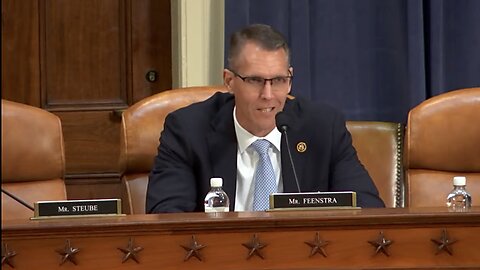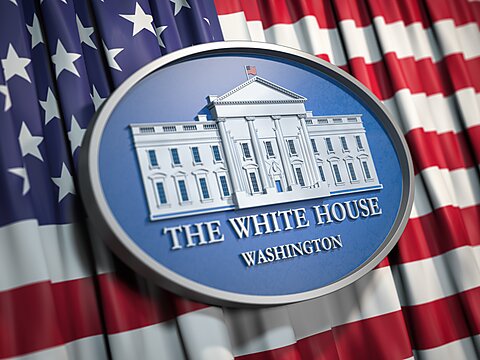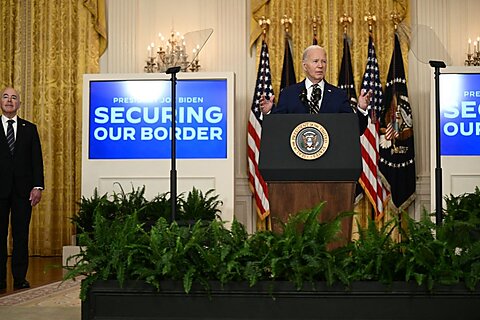Thomas A. Berry, Brent Skorup, and Nathaniel Lawson
“Qualified immunity” is a special legal protection for government officials, but it is not absolute. Officials are still liable for damages if they violate clearly established law. Unfortunately, in a recent case involving the arrest and prosecution of a local journalist in Texas, the Fifth Circuit applied a rule that, in the words of Judge Don Willett, “is less qualified immunity than unqualified impunity.”
Priscilla Villarreal is a popular citizen‐journalist in Laredo who posts frequently about local police activity. Her content is often viewed unfavorably by the Laredo Police Department, the district attorney, and other local officials. She alleges that, in retaliation for her reporting, the police chief, district attorney, and police officers searched for months for an excuse to arrest her.
Eventually these officials enforced, for the first time, a Texas law that makes it a felony to engage in a routine journalistic practice—corroborating nonpublic information with a public official. After Villarreal asked an officer to confirm the identities of a suicide victim and car accident victim, the officials sprang into action. They obtained a warrant and arrested Villarreal, who promptly petitioned a judge for a writ of habeas corpus, which was granted.
However, when Villarreal sought damages from the officials involved for the violation of her constitutional rights, the Fifth Circuit deemed that law “facially valid” and granted the officers qualified immunity, largely “because no final decision of a state court had held the law unconstitutional at the time of the arrest.”
Villarreal has petitioned the Supreme Court for review of the Fifth Circuit decision, and Cato has submitted an amicus brief in support, in a case called Villarreal v. Alaniz. Our brief argues, first, that the Fifth Circuit erred in relying so heavily on a general presumption that codified laws are constitutional. An arrest would obviously be unreasonable if there were controlling precedent holding the statute at issue unconstitutional. But controlling precedent is not inherently required for an arrest to be unreasonable. To hold otherwise goes against Supreme Court precedent, the decisions of nine other circuits, and the plain text of Section 1983—the statute under which Villarreal seeks damages.
Second, our brief argues that the Texas statute, as applied to Villarreal’s conduct, violates clearly established law. The First Amendment protects not just the right to publish news but also the newsgathering process. One cannot publish information without first obtaining it. Supreme Court decisions have held that the publication of nonpublic information is constitutionally protected, affirming the right of reporters to use “routine newspaper reporting techniques.” These cases have held that the government’s interest in protecting privacy is outweighed by the First Amendment right to publish truthful information. To the extent the Texas statute justifies the arrest of Villarreal for requesting corroboration from a government source, it cannot be squared with these precedents.
Determining “clearly established law” is an objective inquiry of reasonableness, not a blind reliance on a lack of judicial precedent. This case presents the Court with an opportunity to clarify and limit lower courts’ expansive interpretations of qualified immunity. The Court should take the case and reverse the Fifth Circuit.









